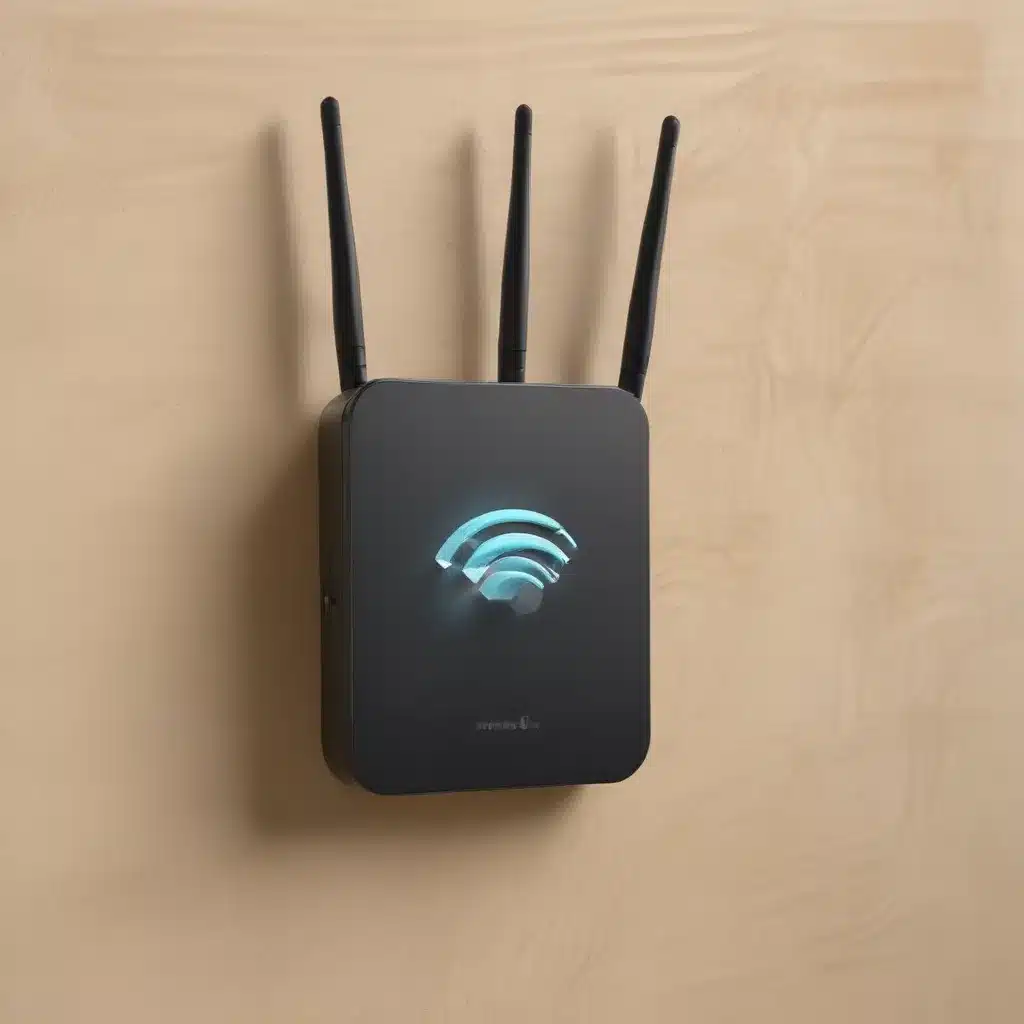In today’s digital age, our homes have become hubs of connectivity, with a vast array of devices relying on our trusty home wireless networks. From laptops and smartphones to security cameras and smart appliances, these networks have become the backbone of our modern living. But, much like leaving your front door unlocked, an unsecured home wireless network can be an open invitation for unwanted guests – the digital kind, that is.
Step 1: Encrypt Your Network
Imagine your wireless network as a secret tunnel – the encryption is the lock that keeps it secure. By enabling the latest encryption protocol, WPA3 Personal or WPA2 Personal, you’re essentially putting a high-tech padlock on that tunnel, making it much harder for hackers to access your network and the devices connected to it [1].
Don’t have the option for WPA3 or WPA2? No worries, you can still beef up your security by updating your router’s software. Those older encryption methods like WEP and WPA are just too outdated and vulnerable these days [1]. It’s like trying to secure your home with a rusty old skeleton key – not very effective.
Step 2: Change Those Default Settings
It’s like your grandma’s birthday party – you wouldn’t want just anyone showing up, would you? The same goes for your wireless network. Those default usernames and passwords that come with your router? They’re like a neon sign saying “Come on in!” to any hacker worth their salt [2].
Take a few minutes to log into your router’s settings and change that admin username and password to something more unique and complex. Avoid using personal information or anything too obvious. And don’t forget to update your actual WiFi network password too – make it a real head-scratcher that would leave even the savviest cyber-criminal scratching their own head [2].
Step 3: Disable Unnecessary Features
Imagine your wireless network as a busy party – you want to keep the fun and games contained to just your trusted guests, right? Well, the same goes for features like remote management, WPS, and UPnP. While they might seem convenient, they’re also like leaving the back door wide open for uninvited partygoers [1].
By disabling these features, you’re essentially putting up a “No Trespassing” sign and making it much harder for anyone outside your network to sneak in and cause trouble. It’s a small step that can make a big difference in keeping your digital home secure.
Step 4: Set Up a Guest Network
Okay, picture this – your tech-savvy cousin comes to visit, and they want to connect their device to your WiFi. Do you really want to share your super-secret home network password with them? Probably not. That’s where a guest network comes in handy [1].
By creating a separate guest network with its own password, you can give your visitors access to the internet without compromising the security of your main network. It’s like having a VIP lounge for your trusted inner circle, while keeping the general public safely outside.
Step 5: Keep Everything Up to Date
You know that feeling when you forget to update your smartphone and suddenly, the whole thing starts acting up? Well, the same goes for your wireless network. Those software updates from your router manufacturer aren’t just for fun – they’re often packed with critical security patches to keep the bad guys at bay [1,3].
So, make sure to keep an eye out for the latest updates and install them as soon as they become available. It’s a small price to pay to ensure your digital castle remains firmly fortified against the ever-evolving threats of the online world.
By following these five steps, you’ll be well on your way to securing your home wireless network like a pro. No more worrying about hackers snooping around your personal data or freeloaders piggybacking on your internet connection. Instead, you can sit back, relax, and enjoy the peace of mind that comes with a truly secure home network.
[1] Knowledge from https://consumer.ftc.gov/articles/how-secure-your-home-wi-fi-network
[2] Knowledge from https://www.cnet.com/home/internet/stop-home-network-hackers-top-10-tips-to-protect-your-wi-fi-security/
[3] Knowledge from https://us.norton.com/blog/iot/keep-your-home-wifi-safe













